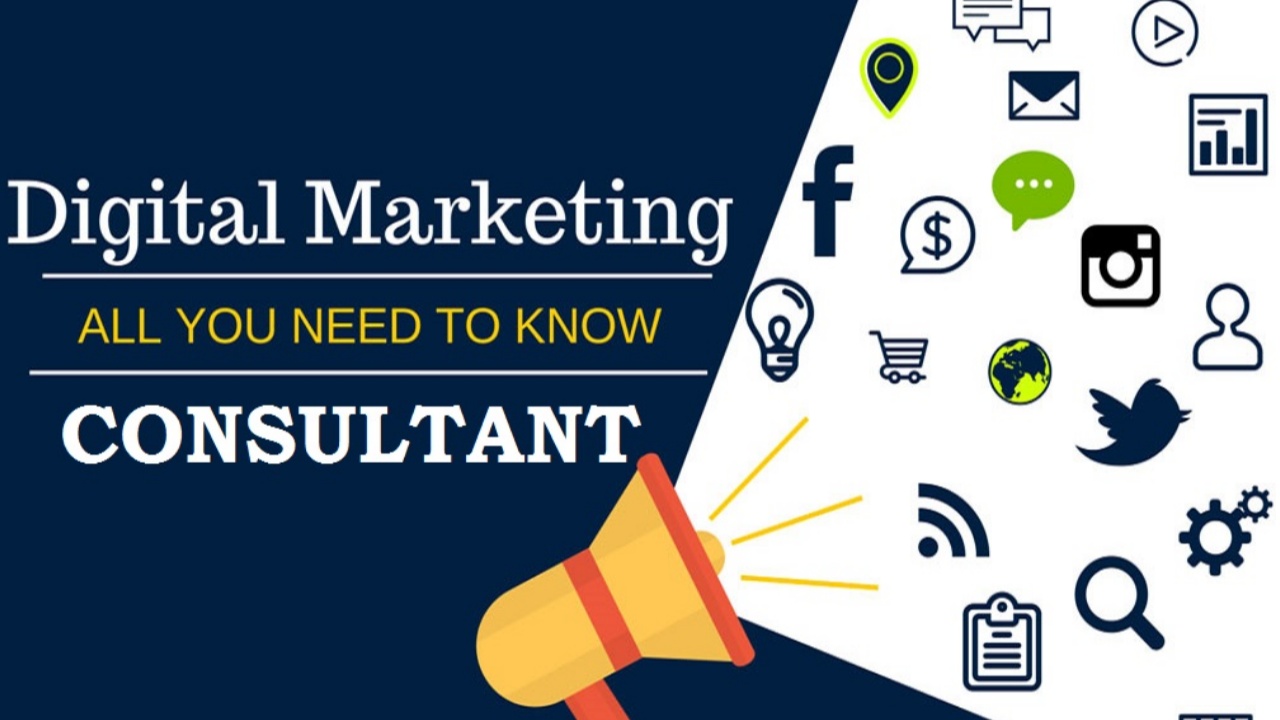The Essential Steps for Building an Immersive Website
In today’s digital landscape, having a standard website is no longer enough to capture the attention of users. As technology evolves, so do user expectations. An immersive web experience can significantly enhance user engagement, making your website not just a place for information but a dynamic environment that captivates visitors. This article outlines the essential steps for building an immersive website that stands out and keeps users coming back.
Understanding Immersive Web
Before diving into the steps, it’s important to understand what an immersive web experience entails. An immersive web goes beyond traditional web design by incorporating interactive elements, multimedia content, and innovative technologies that engage users on multiple sensory levels. This can include:
- Interactive Features: Elements that allow users to engage actively with the content, such as quizzes, polls, and sliders.
- Rich Media: The use of videos, animations, and 3D graphics to create a more engaging experience.
- Virtual and Augmented Reality: Technologies that provide users with a more immersive experience by blending digital content with the real world or creating entirely virtual environments.
By leveraging these elements, you can create a website that not only informs but also entertains and engages your audience.
Step 1: Define Your Goals
The first step in building an immersive website is to define your goals. What do you want to achieve with your website? Common objectives may include:
- Enhancing User Engagement: Encouraging visitors to spend more time on your site and interact with your content.
- Increasing Brand Awareness: Creating memorable experiences that enhance recognition and recall.
- Driving Conversions: Motivating users to take specific actions, such as signing up for a newsletter or making a purchase.
By establishing clear goals, you can tailor your immersive web design to meet your specific needs.
Step 2: Know Your Audience
Understanding your target audience is crucial for creating an effective immersive web experience. Consider the following factors:
- Demographics: Age, gender, location, and interests can influence how users interact with your website.
- User Behavior: Analyze how your audience typically navigates your site. What content do they engage with the most? What are their pain points?
- Technology Preferences: Consider the devices and technologies your audience uses. Are they more likely to access your site on a mobile device or a desktop?
By gaining insights into your audience, you can create an immersive web experience that resonates with them.
Step 3: Choose the Right Technology
Selecting the appropriate technology for your immersive web experience is critical. Here are some options to consider:
- Web Development Frameworks: Frameworks like React, Angular, or Vue.js can help you build interactive web applications that provide a seamless user experience.
- 3D and Animation Tools: Software such as Three.js or Blender can be used to create 3D models and animations that enhance the visual appeal of your site.
- Virtual and Augmented Reality Platforms: Tools like A-Frame or Unity can help you develop VR and AR experiences that immerse users in a digital environment.
- Content Management Systems (CMS): A robust CMS like WordPress or Drupal can facilitate the integration of multimedia content and interactive features.
Selecting the right technology will depend on your specific goals and the type of immersive experience you want to create.
Step 4: Design Engaging Content
Content is at the heart of any immersive web experience. Here are some tips for designing engaging content:
- Use High-Quality Visuals: Invest in high-quality images, videos, and graphics that capture attention and enhance your message. Visual content is more likely to be shared and remembered.
- Incorporate Interactive Elements: Add features like clickable hotspots, interactive maps, or quizzes that encourage users to engage actively with your content. This engagement can lead to higher retention rates.
- Tell a Story: Use narrative techniques to create a compelling story that guides users through your content. A strong narrative can enhance emotional engagement and make the experience more memorable.
- Optimize for Performance: Ensure that your content loads quickly and performs well across different devices. Slow-loading content can lead to high bounce rates and frustrate users.
Step 5: Develop the Experience
With your content and tools in place, it’s time to start developing your immersive web experience. Here are some key considerations:
- User Interface (UI) Design: Create a user-friendly interface that allows visitors to navigate your site easily. Consider how users will interact with your content and design accordingly.
- User Experience (UX) Testing: Conduct usability testing to gather feedback on your design. This can help you identify any issues and make necessary adjustments before launching.
- Responsive Design: Ensure that your immersive web experience is responsive and works well on various devices, including smartphones, tablets, and desktops.
Step 6: Launch and Promote Your Experience
Once your immersive web experience is ready, it’s time to launch and promote it. Consider the following strategies:
- Leverage Social Media: Use social media platforms to promote your immersive experience. Share teasers, behind-the-scenes content, and user-generated content to generate excitement.
- Engage Influencers: Partner with influencers in your industry to reach a wider audience. Influencers can help promote your experience and encourage their followers to engage with your brand.
- Utilize Email Marketing: Send targeted emails to your existing customer base to inform them about your new immersive experience. Include links and calls to action to encourage participation.
Step 7: Monitor and Optimize
After launching your immersive web experience, it’s essential to monitor its performance and gather feedback. Consider the following:
- Analytics: Use web analytics tools to track user engagement, time spent on the site, and conversion rates. This data can provide valuable insights into how users are interacting with your experience.
- User Feedback: Encourage users to provide feedback on their experience. This can help you identify areas for improvement and make necessary adjustments.
- Continuous Improvement: Use the insights gained from analytics and user feedback to optimize your immersive web experience over time. Regular updates and enhancements can keep your content fresh and engaging.
What People Also Ask
What is an immersive web experience?
An immersive web experience is a digital environment that engages users on multiple sensory levels, often incorporating interactive elements, multimedia content, and innovative technologies like virtual and augmented reality.
How can I create an immersive website?
To create an immersive website, define your goals, understand your audience, choose the right technology, design engaging content, develop the experience, launch and promote it, and continuously monitor and optimize its performance.
What technologies are used in immersive web experiences?
Common technologies used in immersive web experiences include web development frameworks (like React and Angular), 3D and animation tools (like Three.js and Blender), and virtual and augmented reality platforms (like A-Frame and Unity).
Why is storytelling important in immersive web experiences?
Storytelling is important because it helps create a narrative that guides users through the content. A compelling story can enhance emotional engagement and make the experience more relatable and memorable.
How can I measure the success of my immersive web experience?
You can measure success by tracking key performance indicators (KPIs) such as user engagement, time spent on the site, conversion rates, and overall user satisfaction. Analytics tools can provide valuable insights into how users are interacting with your experience.
Conclusion
Building an immersive website is an exciting opportunity to engage your audience in meaningful ways. By following the essential steps outlined in this guide, you can create an experience that captivates users and enhances their connection with your brand. As technology continues to evolve, embracing immersive web experiences will be key to staying competitive in the digital landscape. With careful planning, creativity, and a focus on user engagement, you can create an unforgettable online experience that resonates with your audience.
What's Your Reaction?




















